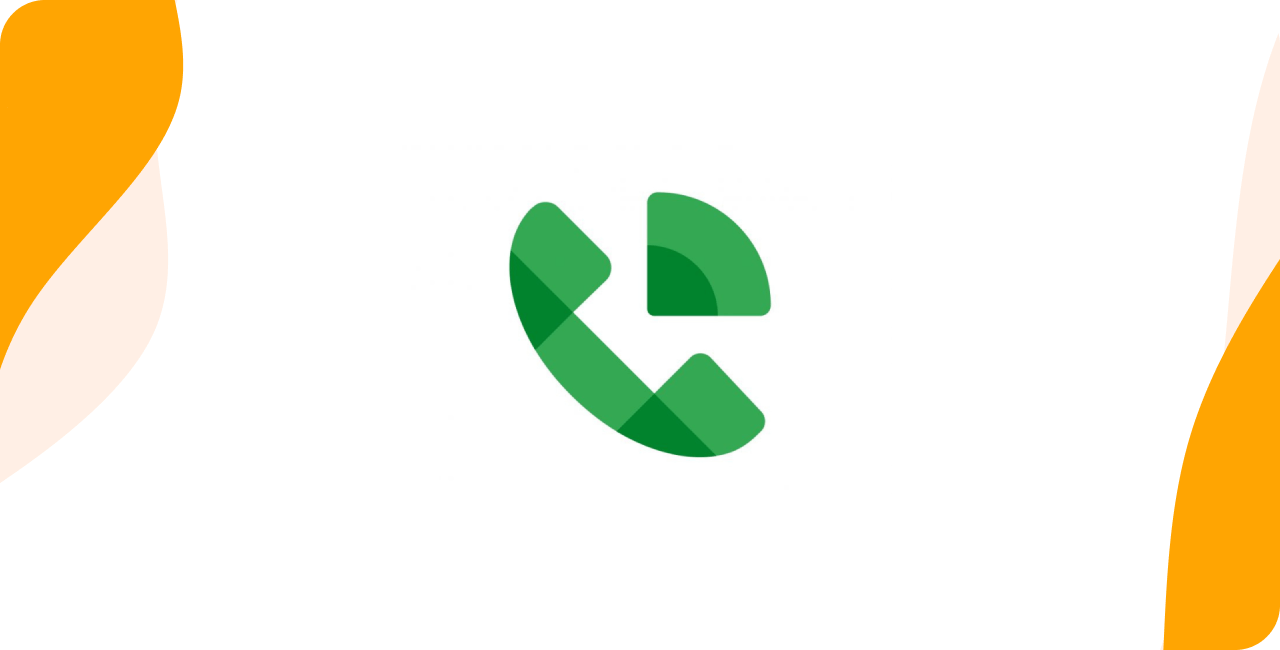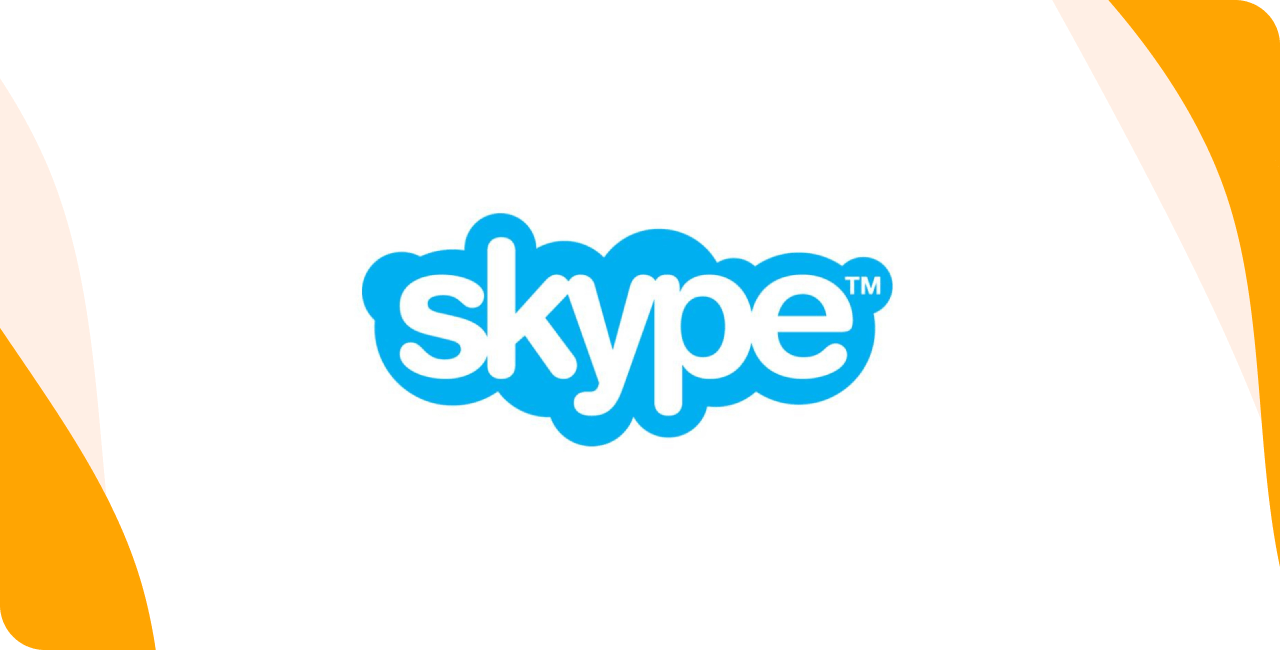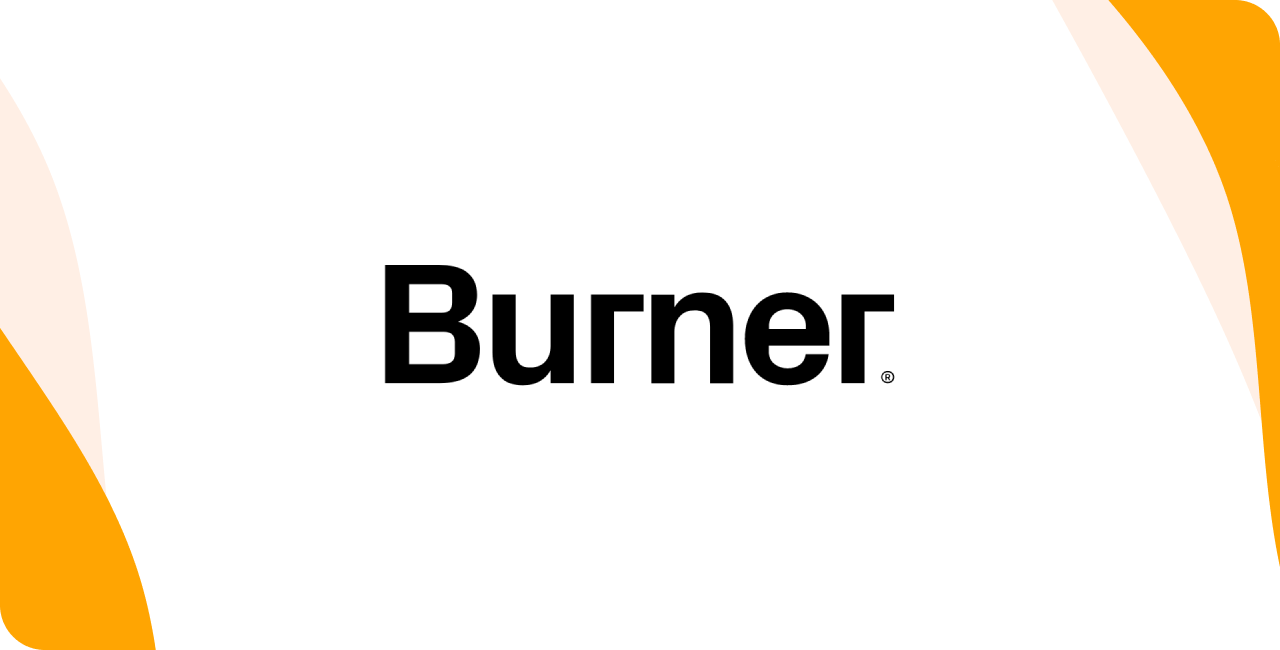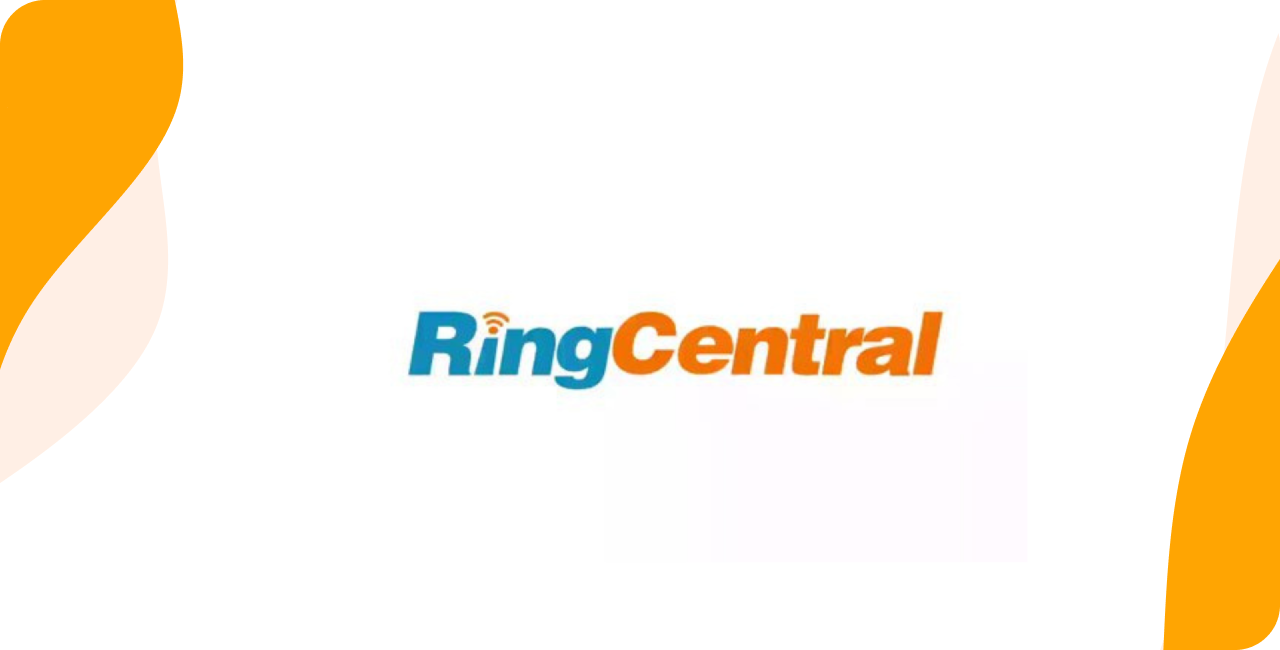Taking live phone calls on air can greatly contribute to the success of a radio station! It’s the perfect way to include you listeners in your broadcast, and create a sense of proximity with your audience. So make sure you give them air time! There are various options when it comes to broadcasting a live phone call and create a direct connection with your public. Let’s take a look at the different ways of setting up a phone number for radio stations.
To put it simply, you can either get a dedicated mobile phone number, or opt for your own VoIP system (Voice over Internet Protocol) which transmits your voice over the Internet.
1/ Mobile phone
2/ Mobile Apps
3/ Desktop Apps
4/ How to take live phone calls on air
Mobile phone
For obvious reasons, using your personal phone number isn’t the best idea. However, another solution would be to use a disposable phone with a prepaid sim card. You’ll easily be be to purchase one from your local supermarket, post offices or newsagents (depending on which country you’re based in). The choice is vast and for less than £20/$20, you can purchase a mobile phone with a phone number on which your listeners can contact you.
You can purchase a prepaid mobile phone from Amazon or Target for example.
Mobile apps
There are a number of mobile apps that will also allow you to receive calls and messages without having to create a dedicated phone number. It’s a great option for those looking to set up a phone number for radio stations!
Google Voice
Free to download on iOS and Android, Google Voice can also be used via a computer. This VoIP allows you to make and receive both calls and texts via an internet connection.

When signing up, you can choose to use your own phone number that you can port to the app, or simply get your own number. Once you have chosen, you can begin making and receiving calls and text messages from your phone or computer.
Skype
Available on iOS and Android, Skype is a classic when it comes to making and receiving calls! Plus, it allows you to call internationally for free.

The app can be used from a smartphone, or from a computer thanks to the desktop app.
Hushed
Hushed is a great alternative to creating a phone number for radio stations. Available on iOS and Android, it offers a free trial and then various plans starting at $2.99.

It acts like a burner phone, allowing you to keep your privacy by picking a phone number from over 40 countries.
Burner
Much like Hushed, you can send and receive calls and texts from anonymous numbers. Also available on iOS and Android, you can benefit from a 7-day free trial before moving on to a paid plan.

Bear in mind that, for now, Burner only provides US and Canadian mobile numbers.
Desktop apps
RingCentral
RingCentral is a solution for both Windows and MacOS users that offers a free trial before switching to a paid subscription. This service is best suited to professional radio stations who need lots of features such as: collaboration with multiple users, auto-call handling, and even call recording.

The great thing about RingCentral is that you can receive calls on either desktop or mobile (iOS and Android).
AirDroid
A free solution that allows you to access the content from your Android phone via both Windows and Mac. You can receive calls, messages and even WhatApp/Gmail notifications as your Android device is linked directly to your computer!

Continuity
Free to download on MacOs, Continuity is a great way to sync all of your Apple devices (Mac, iPhone, iPad, Apple Watch…) You can view the messages you receive on your phone and computer by simply linking your iPhone to your Mac.

It also allows you to receive calls and listen to voice messages on your linked device.
How to take a live phone call on air
Now that you’ve chosen how to set up a phone number for your radio station, it’s time to broadcast your callers live on air! Most radio stations offer call-ins to exchange directly with their audience and include them in their radio shows. In order to broadcast a listener live on air, you will need:
- Mixing desk: to connect your equipment (microphone, headphones, devices…) and manage your inputs/outputs
- Headphones: so that you can hear your live caller
- Microphone: so that your listeners and caller can hear you
- Smartphone/tablet/laptop: the device on which you will receive your phone call. You will need to connect this device to your mixing desk.
- Laptop & cables: the laptop on which you will launch your live broadcasting software to stream the call, as well as all the necessary cables to connect your equipment (XLR cable, stereo jack to mono, headphone to jack…)
Take a look at our video tutorial on how to broadcast phone call live to your radio station:
Which solution(s) have you used to set up a phone number for your station?
